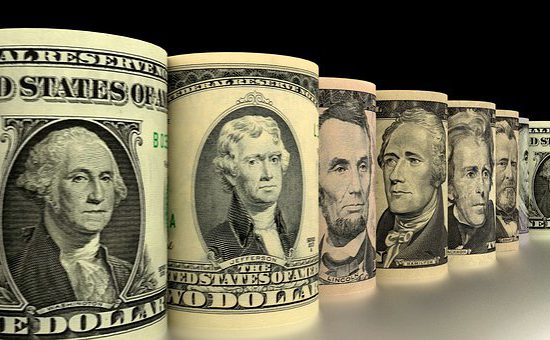The Bond Market – Definitions and Risks

A Mechanism for Long Term Funding of Public and Private Expenditures
The Bond Market actually consists of two distinct markets – primary and secondary. The Primary Market enables issuance by participants of new debt. The Secondary Market conducts the buying and selling of debt securities (e.g. bonds, notes, bills, and other investment instruments).
Seven Types of Bonds
- Treasury Bonds – Issued by the federal government to finance its budget deficits. Ability of U.S. Government to tax in order to pay its debt makes this investment seemingly credit-risk free and the interest is exempt from state income taxes. However, yields are traditionally lowest (except for tax-free Municipal Bonds; see #7 below).
- Other U.S. Government Bonds – Issued by federal agencies (hence the appellation Agency Bonds) – mainly Fannie Mae (the Federal National Mortgage Association) and Ginnie Mae (the Government National Mortgage Association). They differ from the mortgage-backed securities issued by those same agencies and by Freddie Mac (the Federal Home Loan Mortgage Corp.). Since Agency Bonds do not have the same backing by the U.S. government enjoyed by Treasury bonds, the yield is higher, but the credit risk is still considered minimal. However, interest on the bonds is liable for both federal and state taxes.
- Investment-Grade Corporate Bonds – Issued by companies or other financing channels with strong balance sheets. Carrying ratings of at least Triple-B from Standard & Poor’s, Moody’s Investors Service or both (Triple-A is the highest, followed by Double-A, Single-A, Triple-B, etc.), default risk is believed to be unlikely. Yields are higher than either Treasury or Agency Bonds and fully taxable.
- High-Yield Bonds – Issued by companies or financing channels with weak balance sheets. Carrying ratings below Triple-B means default is a real possibility. Therefore, they are tightly bound to the well-being of corporate balance sheets and the tracking of stock prices in comparison to Investment-G
 rade Bonds.
rade Bonds. - Foreign Currency-Denominated Bonds – Issuer promises to make fixed interest payments and return the principal in another currency. When payments are converted into dollars, the size depends on exchange rates. If the dollar strengthens against foreign currencies, foreign interest payments convert into smaller and smaller dollar amounts (if the dollar weakens, the opposite occurs). Exchange rates, more than interest rates, can determine how a foreign bond fund performs.
- Mortgage-Backed Bonds – Issued with a face value of $25,000 compared to $1,000 or $5,000 for other types of bonds, involve “prepayment risk.” Since their value drops when mortgage prepayment rates rise, they don’t benefit from declining interest rates as compared to most other bonds.
- Municipal Bonds – Often called “Munis” – are issued by U.S. states and local governments or their agencies in both the investment-grade and high-yield categories. Interest is tax-free, but since taxable yields are higher than Muni yields (to compensate investors for the tax liability), you may be better off investing in taxable bonds depending on your tax bracket.
Now that you have some insight into the differences provided by various investment entities within the Bond Market, if you are seriously interested in placing your money in bonds, please speak with qualified, licensed professional advisors.
Please Note: For general information regarding the Stock Market, please review the article entitled “Thinking Stock Market Investment? – Read This First” found in this blog.
Remember, free financial management and budgeting tools are also available at www.setttleitsoft.com .



 Login
Login






